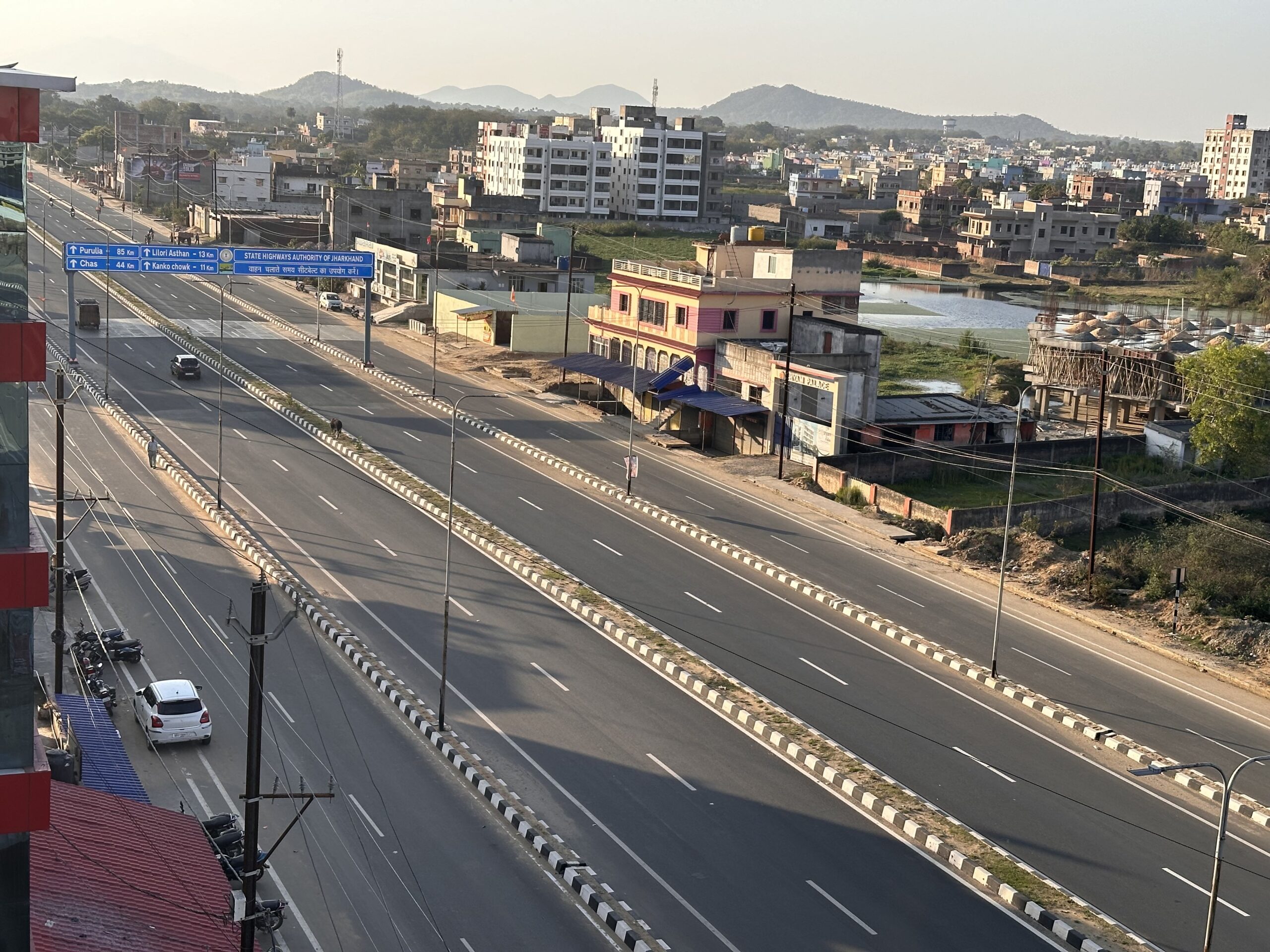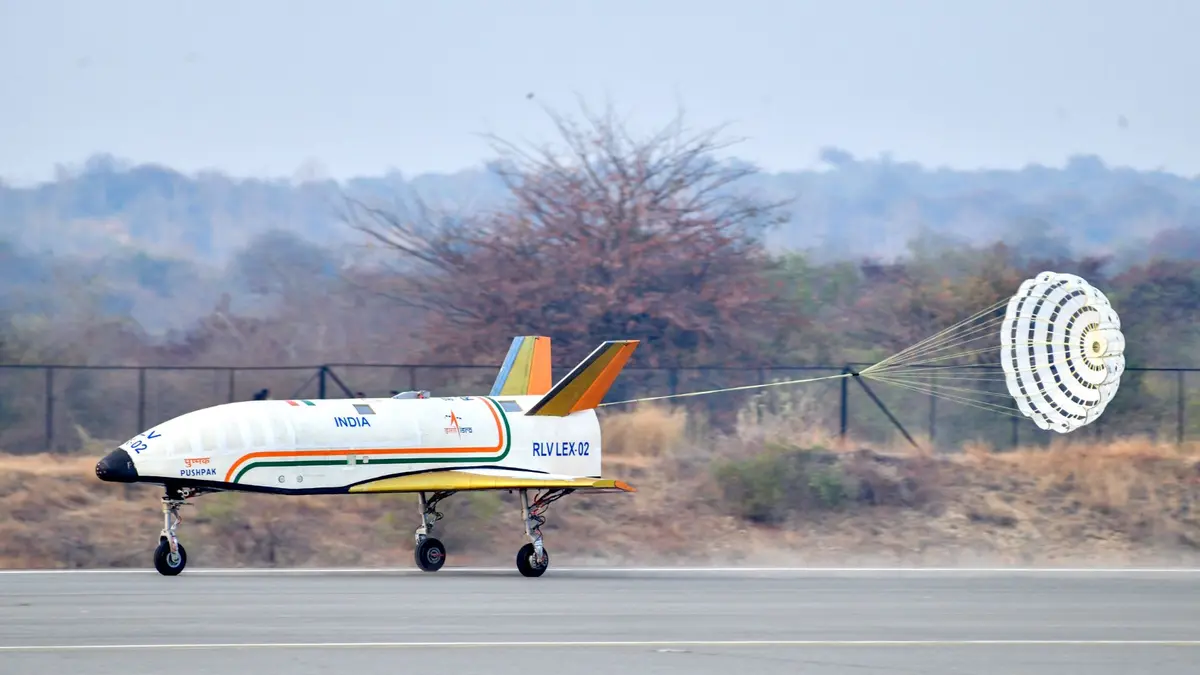
Dhanbad, located in the state of Jharkhand, India, is known for its rich coal reserves and mining activities. It is often referred to as the “Coal Capital of India” due to its significant contributions to the country’s coal industry. Apart from coal mining, Dhanbad has a rich cultural and historical heritage.
History: Dhanbad’s history dates back to the early 18th century when it was a small village known as Dhanbaid. It gained prominence during the British colonial period when coal mining started in the region. The availability of coal led to rapid industrialization and urbanization in the area.
Economy: Dhanbad’s economy is primarily driven by coal mining and related industries. It is home to several coal mines, including the prestigious Bharat Coking Coal Limited (BCCL) and Eastern Coalfields Limited (ECL). Apart from coal, the city also has industries like steel, cement, and power generation.
Culture: Dhanbad has a rich cultural heritage, with a mix of tribal and urban cultures. The city celebrates various festivals with great enthusiasm, including Diwali, Holi, Durga Puja, and Chhath Puja. The local cuisine of Dhanbad is influenced by its diverse population and includes a variety of dishes, both vegetarian and non-vegetarian.
Education: Dhanbad is home to several prestigious educational institutions, including the Indian School of Mines (ISM), now known as IIT (ISM) Dhanbad, which is renowned for its engineering and mining programs. The city also has several other colleges and schools offering education in various disciplines.
Tourist Attractions: Dhanbad has several tourist attractions, including the Jharia coal mines, which are among the oldest and largest coal mines in India. The city also has several parks, temples, and historical sites that attract tourists. The Maithon Dam, located near Dhanbad, is a popular picnic spot and offers boating facilities.
Challenges: Despite its rich natural resources and industrial development, Dhanbad faces several challenges, including environmental degradation due to coal mining, air and water pollution, and challenges related to urban infrastructure and waste management. Efforts are being made to address these issues and promote sustainable development in the region.
Dhanbad Railway Station
Dhanbad Railway Station, located in Dhanbad city in the state of Jharkhand, is one of the busiest railway stations in India. It falls under the jurisdiction of the East Central Railway zone of Indian Railways. The station is an important railway junction, connecting various parts of India, especially the eastern and northern regions.
History: Dhanbad Railway Station has a long history, dating back to the British colonial era when the East Indian Railway Company established rail connections in the region for coal transportation. Over the years, the station has undergone several upgrades and modernizations to meet the growing demands of passengers and freight traffic.
Connectivity: Dhanbad Railway Station is well-connected to major cities and towns across India. It is a major junction on the Grand Chord line, which connects Kolkata to New Delhi via Dhanbad and Gaya. The station is also a hub for trains heading towards eastern states like West Bengal, Bihar, and Odisha.
Facilities: Dhanbad Railway Station offers various facilities for passengers, including waiting halls, retiring rooms, food stalls, book stalls, and parking facilities. The station is equipped with modern amenities such as escalators, lifts, and digital display boards for train information.
Services: The station serves as a major hub for both passenger and freight trains. It handles a large volume of coal transportation due to its proximity to the coal mines in the region. Several long-distance trains, including Rajdhani and Duronto Express trains, pass through or originate from Dhanbad Railway Station.
Future Development: To cope with the increasing passenger and freight traffic, there are plans to further develop Dhanbad Railway Station. This includes upgrading facilities, improving connectivity, and enhancing passenger amenities to provide a better travel experience for passengers.




